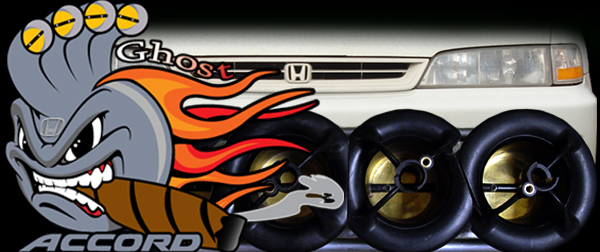I want to get the best gas mileage I can right now for my JDM F23 F22b DOHC engine. Right now it has double stacked IAB plates with the butterflies deleted, a 2.25 ex., short ram filter, and a EDM PT4 ECU.
What I'm thinking is maybe I need to get the PT6 ECU, get the IAB's connected properly, and perhaps go back to a 2" exhaust.
All of the basic stuff is replaced, fuel spark and stuff. It could be more ignition timing is off a hair but can't be that off. My tire pressure is good and its aligned properly. I really think my low end velocity is causing some fuel issues and possibly the PT4 ECU. There's a lot of popping going on when I let off the throttle. What do you guys think?
What I'm thinking is maybe I need to get the PT6 ECU, get the IAB's connected properly, and perhaps go back to a 2" exhaust.
All of the basic stuff is replaced, fuel spark and stuff. It could be more ignition timing is off a hair but can't be that off. My tire pressure is good and its aligned properly. I really think my low end velocity is causing some fuel issues and possibly the PT4 ECU. There's a lot of popping going on when I let off the throttle. What do you guys think?




















Comment